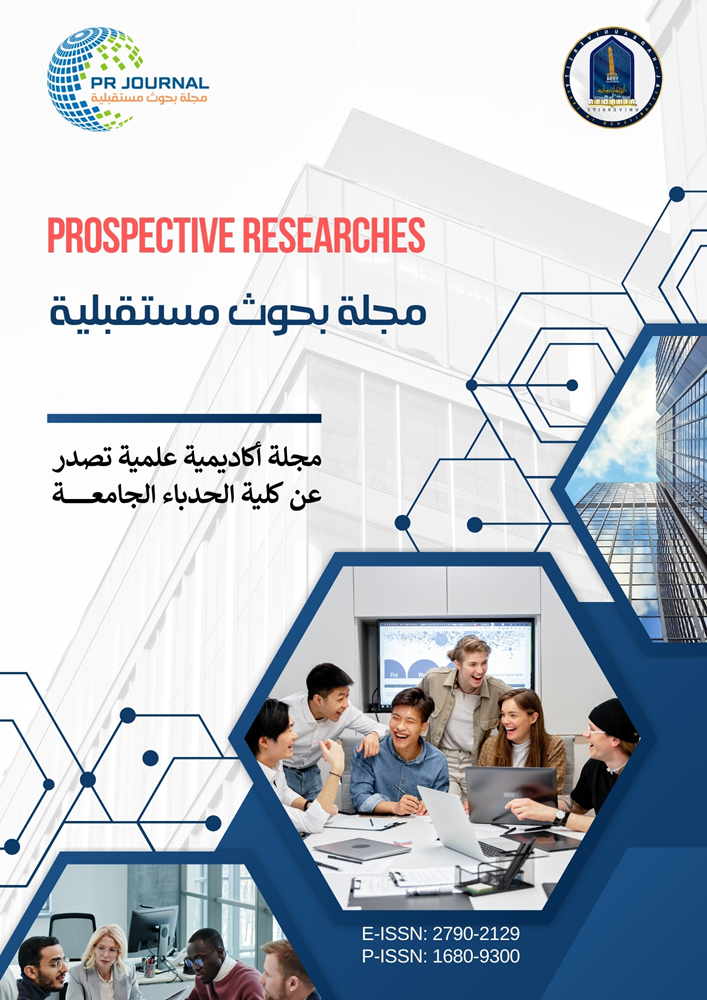دراسة إمكانية التحول من التنظيمات الميكانيكية الى التنظيمات العضوية كمدخل لتبني الاتجاهات الادارية الحديثة
دراسة ميدانية لبعض مراكز الدراسات في جامعة الموصل
الملخص
Organizing organic differs from the mechanical organizing being a
flexible regulatory framework characterized by simplicity and
decentralization with a minimum degree of formatting. It depends on
team work, the exchange of roles, acquisition of multiple skills, which
mak it an instrumental actor in the adoption of modern management
trends. The problem of the study is hoe to know the possibility of
shifting organizations under study to organic organizing in the (Regional
Studies Center, Remote Sensing Center, Research of Dams and Water
Resources Center, Environmental Research and Control of Pollution
Center), based on this study problem the research hypthesizes that the
adoption of flexible organic organizing is possible in the general
framework with the possibility that some variations at the sub-variants
level can occur.
The study adopts a descriptive approach as method. The data was
collected through a questionnaire to measure the possibility of shifting
towards organic organizing. The researcher used statistical tests (mean,
standard deviation, t-test, Fuzzy Logic test). After analyzing the study
data using these tests, the study, came up with a main conclusion: the
possibility of shifting to organic organizing in the organizations under
study, but there was a variations in the agreementamong the
organizations as regards variables. So the study recommended the need
to shift towards organic organizing with the need to enhance some
aspects such as promoting the culture of team work, the disseminations
of the culture of cooperation role exchange and self monitoring in order
to develop the management process as a whole.
التنزيلات
منشور
كيفية الاقتباس
إصدار
القسم
الرخصة

هذا العمل مرخص بموجب Creative Commons Attribution-NonCommercial-NoDerivatives 4.0 International License.
Copyright © 2025 by the authors. This work is licensed under a Creative Commons Attribution-NonCommercial-NoDerivatives 4.0 International License (CC BY-NC-ND 4.0). You may not alter or transform this work in any way without permission from the authors. Non-commercial use, distribution, and copying are permitted, provided that appropriate credit is given to the authors and Al-Hadba University.







